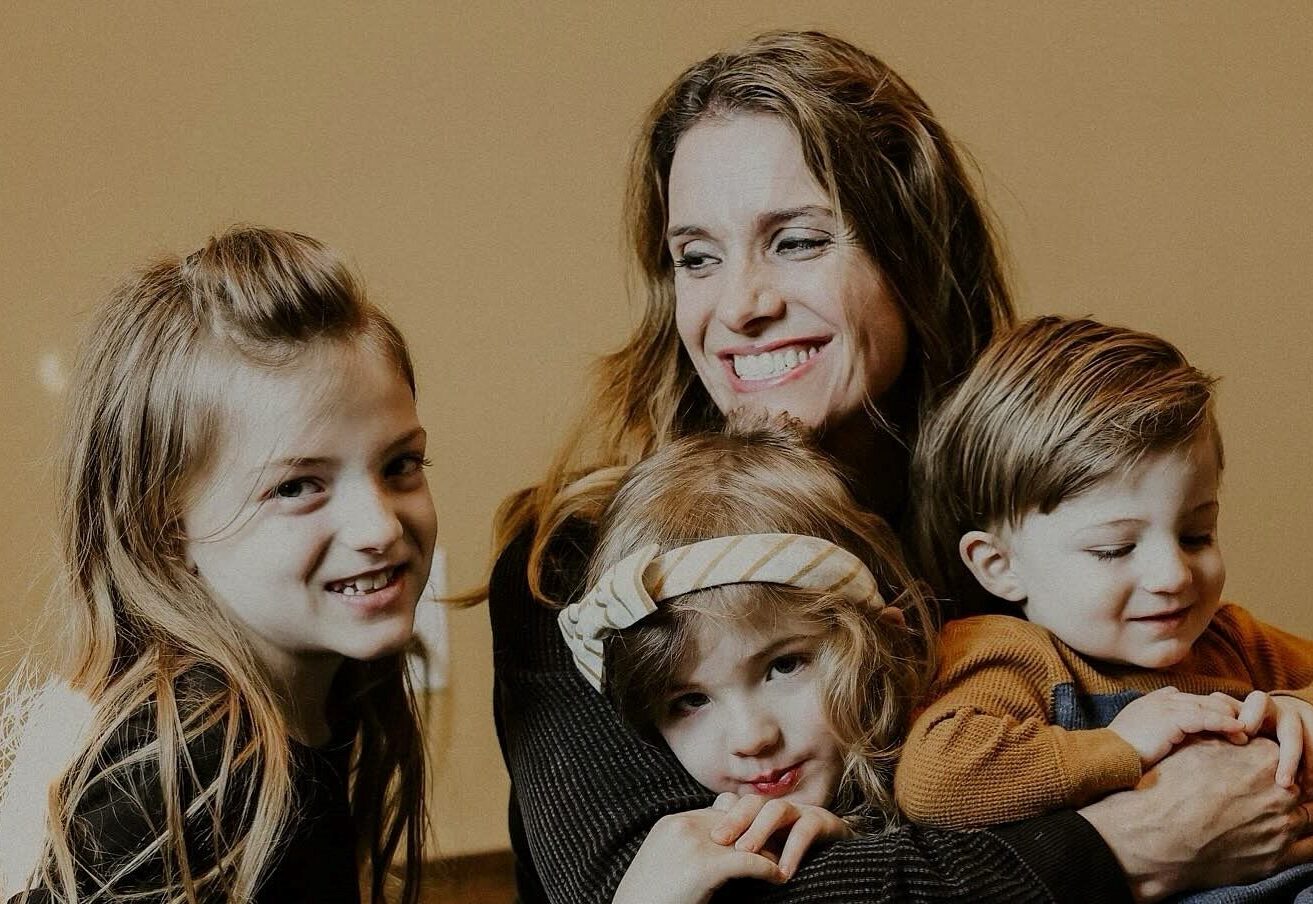The goal of all discipline is not only to help a child act correctly and think correctly but also to help him or her form their identity. The wise parent looks beyond behavior to what’s going on at a deeper level. This involves the child’s attitudes and motivations. Many parents work hard to help their children look good on the outside by concentrating on behavior. Inadvertently, these parents teach their children “image management.” When those same children reveal unresolved issues of the heart as they grow older, the parents are devastated. Their parenting style dealt efficiently with behavior change but left the heart virtually untouched.
While some children find it easy to connect their actions with heart issues, most tend to separate the two. Here’s an example: Billy, a preschooler, was told to sit down. He said, “No.” The teacher, not wanting to be outdone, leaned over Billy and said sternly, “You sit down!” Billy sat down and replied, “I’m sitting on the outside but I’m standing on the inside.” Too many children are like Billy, changing their behavior in response to discipline but continuing to disobey in their hearts. They may be harboring resentment, selfishness or anger. This is how to address the heart for transformation rather than discontent obedience.
Have Them Take a Break
The principle of separation provides the opportunity and the motivation to make heart-level changes. As you begin to use the secret of teaching children to focus on their hearts, you will see them make attitude adjustments, not just behavior changes. You will find yourself getting to the root of disobedience or immaturity and helping children make lifelong changes. Most importantly, you will see your children begin to choose the right course of action.
All parents realize the futility of trying to teach an unrepentant child or a child caught up in emotions. A break can motivate right thinking and prepare the child for teaching. A break removes a child from a situation or activity immediately following misbehavior. A reminder of the rule may be helpful and the child is instructed to take a break to change the heart. The location for the break is a place away from any activity or stimulation. The child shouldn’t talk to anyone until they’re ready to return to the parent. A break allows the child, under the guidance of the parent, to determine when to come back and talk about the problem.
The Difference Between a Break and a Timeout
A Break is not the same as a timeout. Typically, timeout is a term used for isolating a child as a punishment by simply sending that child away for a set period of time. Expecting children to solve problems alone, however, is simply unrealistic. Furthermore, the isolation can appear to force children away from the love of a parent. A break is a much more valuable technique because, if done correctly, it focuses on the heart. We’re not suggesting that parents should always use a break in place of other consequences. In fact, it may be used in conjunction with other methods of discipline. But administering a consequence and walking away isn’t enough. That often doesn’t address the heart.
The Steps of Repentance
The goal of a break is repentance. Repentance in children involves several steps:
1. Stop fighting, calm down, and be willing to talk about the problem.
2. Acknowledge wrongdoing.
3. Be willing to change.
4. Commit to doing right.
These are all steps that a child can do. Ideally, we would also like to see two other steps of repentance take place:
5. Feel sorry for wrongdoing.
6. Have a desire to do what’s right.
Motivation For Change
A break provides the motivation to repent by allowing the child to experience the feeling of missing out on involvement in family life. Children learn that they cannot enjoy the benefits of the family without also abiding by the principles which make it work. The only prerequisite for coming out of the break is that the child be willing to work through the repentance process. Some children take longer to change their hearts than others. The wise parent will be able to discern from the child’s face, posture, and tone of voice whether repentance has taken place. Once the child has begun a change in the heart, then the parent can help the child learn what was wrong and what is a more appropriate response.
When They Resist
At first, children may resist a break. They may try to come out before they are ready or they may defiantly move out of the place where they were told to sit. The parent’s responsibility is to teach children that they must obey. The parent must win in these situations in order to make the break an effective discipline in the future. Even children as young as three or four years old, although not able to understand the word “repentance,” can understand having a soft heart or removing rebellion from the heart. Older children are able to process some of what went wrong and come back to the parent with a specific plan for what to do right next time.
Provide a Positive Conclusion
A positive conclusion should follow the break, talking about the problem to help the child process what happened. Remember, however, that a break may be just the beginning; a consequence is sometimes still necessary. And a break is just one discipline method. Still, when you use a break with your children, they will learn how to think rightly about their hearts and what motivations prompt their behavior. With practice, it will give your children a mature approach to dealing with their hearts.
Tell us! What works best in your house?
Dr. Scott Turansky is an author and speaker known for his heartfelt parenting approach. He offers moms practical, real-life advice for many of parenting’s greatest challenges and is the founder of the National Center for Biblical Parenting.










